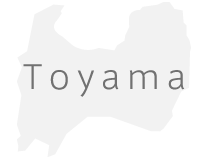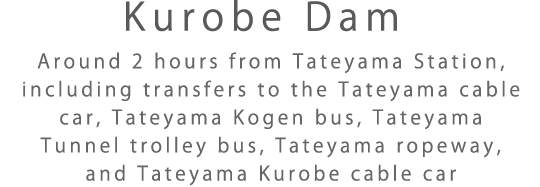- Top Page
- Tourist attractions
- Toyama Area
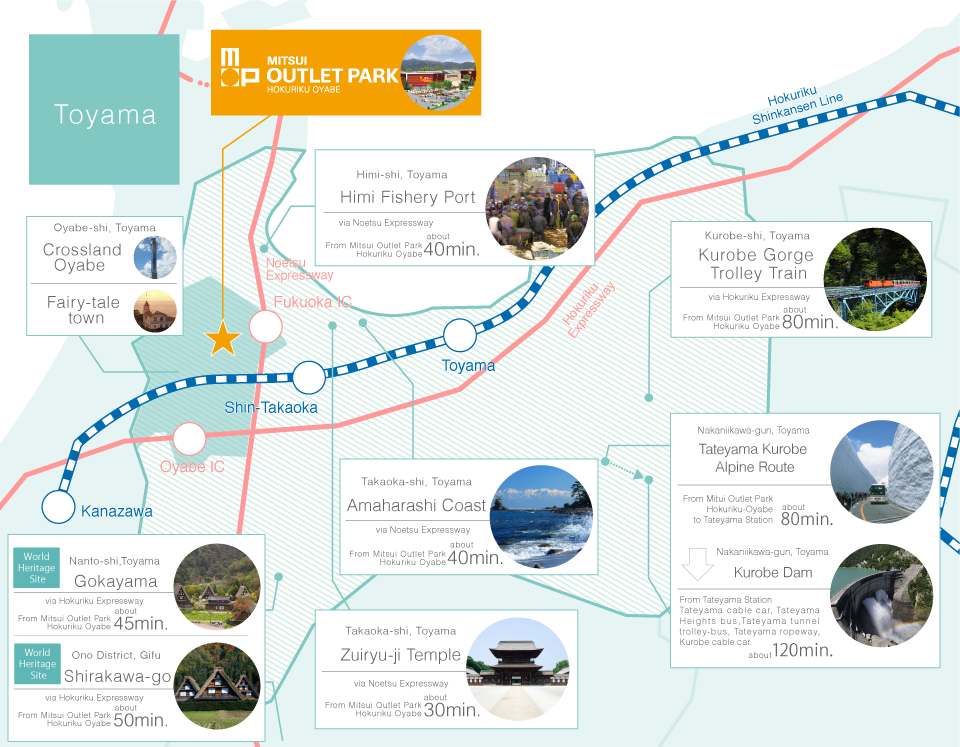

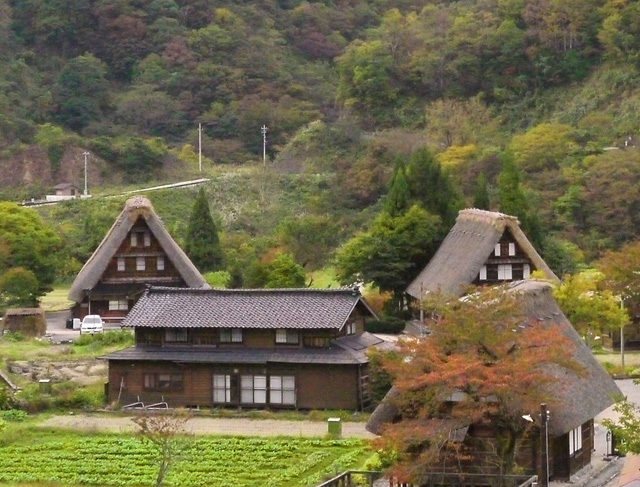
©Ishikawa Prefecture Tourism League
Step into the village and the lovely, nostalgic views of Japan’s past will make you forget the time.
The Gokayama hamlets with houses designed in the gassho-zukuri style—steeply angled roofs—have been registered as UNESCO World Heritage sites. They are found in two locations: Suganuma, just a kilometer away from the Gokayama interchange, and Ainokura, 12 kilometers from the Gokayama interchange and 17 kilometers from the Fukumitsu interchange. Forgetting about your everyday routine while surrounded by the scenery of the seasons somehow soothes the soul. Daytime strolls are highly recommended, of course, but walking at night under the outdoor lighting that changes from season to season is also a must.
- Address
- Ainokura, Nanto city, Toyama
- TEL
- +81-(0)763-66-2468
(Nanto City Tourism Association, Gokayama branch) - Hours
- 9:00-17:00
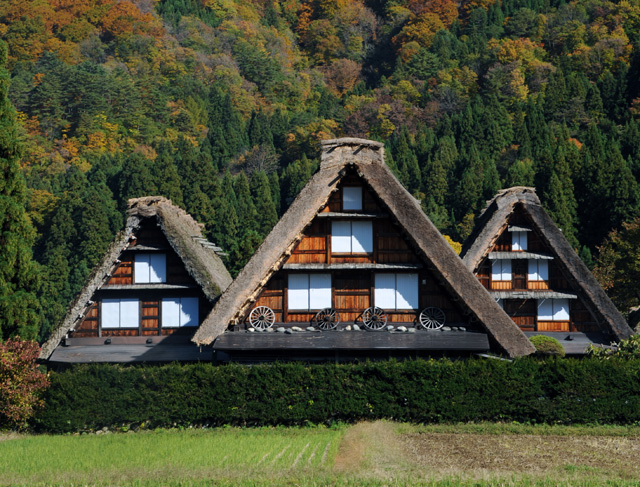
Hidden away deep in the mountains is this quaint settlement in Shirakawa Village that is famous for its gassho-zukuri houses whose grand roofs resemble hands clasped in prayer. Many of these houses are still inhabited to this day, and together with their adjacent rice paddies, they paint an incredibly picturesque landscape that is a joy to behold and to take a stroll through. The Shiroyama Viewpoint offers a great panoramic view of the settlement in its entirety. The oldest and largest remaining gassho-zukuri house in the village, the Wada House, is still used as a private residence, but part of it is also open to the public for viewing. There, you will find many tools used in everyday life a long time ago displayed throughout the house.
- Address
- Ogimachi, Shirakawa-mura, Ono District, Gifu
- TEL
- +81-(0)5769-6-1013(Shirakawa-go Tourist Association)
- Hours
- 9:00-17:00 (Wada House)
*Irregular Closing Days (Wada House)
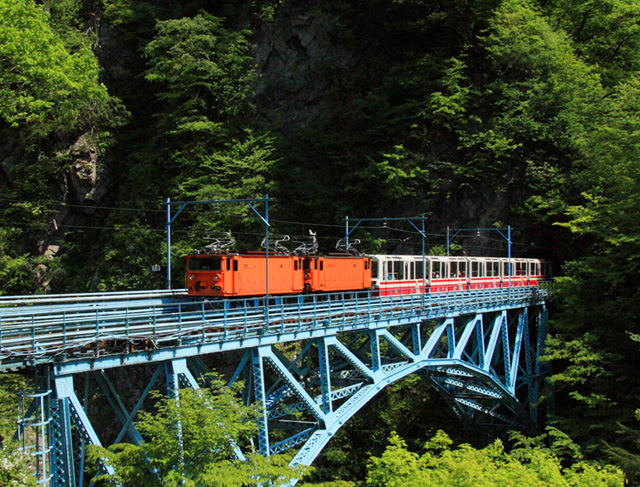
This is a railway that offers a one-way nature trip for 1 hour and 20 minutes in a trolley train. Enjoy the seasonal variety of fresh greenery in spring, clear waters in summer and vivid leaves in autumn. Traverse nature through tunnels and across bridges. The journey reveals magnificent views, such as the 60m high arch bridge over the Kuronagi River, the hidden open-air bath of Kanetsuri hot spring and tinted autumnal leaves. On the way you can rest and eat at Kanetsuri Station and Keyakidaira Station, which both have restaurants and omiyage gift shops. Relax and enjoy the glorious nature of the Kurobe Gorge for a day.
- Address
- 11 Kurobekyokokuguchi, Kurobe, Toyama
- TEL
- +81-(0)765-62-1011
(Sales Centre, Kurobe Gorge Railway) - Hours
- April 1 – November 30: 9:00 - 17:00
December 1 – March 31: 9:00 - 16:00
*Closed on weekends and public holidays
- Service Period
- April 20 – November 30
* Possible to change by snow - Unazuki Station
- first departure 7:32.
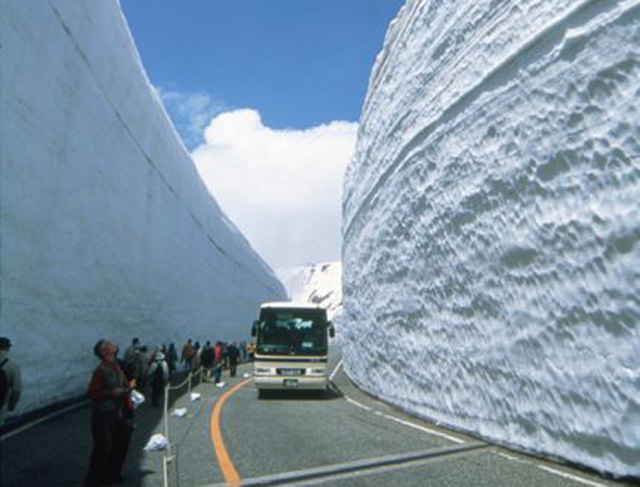
Straddling Toyama Prefecture and Nagano Prefecture, this mountain sightseeing route traverses the Northern Alps, a stunning sequence of 3,000m peaks. You can cross the magnificent mountainous scenery in a relay of various vehicles, such as cable car, ropeway and trolley bus. Offering everything from relaxed trekking courses to arduous mountaineering, the route can also be enjoyed by mountain climbers of all levels of experience. It also boasts a variety of record-holding attractions, such as Japan tallest dam, Japan's oldest mountain hut and Japan's highest train station. Savour the dynamism of nature in every season of the year!
- Address
- 11 Kokuyurin, Bunasakasoto, Ashikuraji, Tateyama-machi, Nakaniikawa-gun, Toyama Prefecture
- TEL
- +81-(0)76-432-2819
(Tateyama Kurobe Kanko Co., Ltd. /Sales Promotion Department) - Hours
- April 10 to 15: To Midagahara From Tateyama Station(Partial opening)
April 16 to November 30: To Ogizawa From Tateyama Station
* Closed on December 1 to April 9

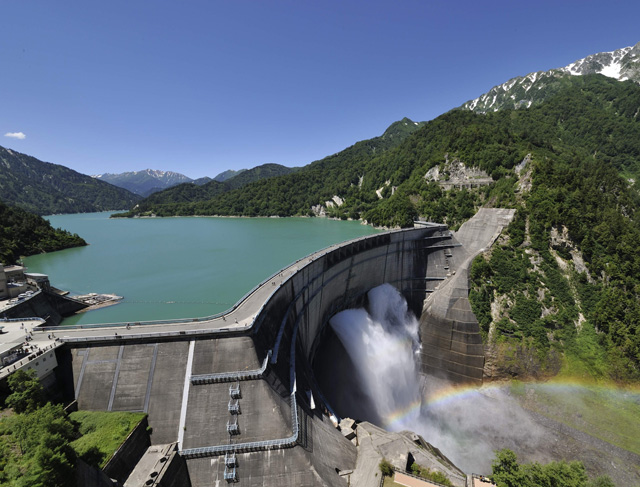
Completed in 1963 after 7 years of labour by 10 million workers, this is Japan's largest arch-style dam. The story of its construction has been handed over the generations as the enterprise of the century. Enjoy the magnificent sight of the intense discharge from the 186m high dam and the clouds of spray it produces! As well as its sheer presence as an architectural structure, you can also enjoy the curious history and stories of Kurobe Dam. Experience the wonder of Japan's biggest dam in a beautiful natural setting.
- Address
- Ashikuraji, Tateyama-machi, Nakaniikawa-gun
- TEL
- +81-(0)261-22-0804(Kuroyon General Reservation Center)
- Hours
- April 16 to November 3: 7:30-17:35
The dam releases water seasonally for visiting tourists: 26 July to 15 October
November 4 to November 30: 8:30-16:35
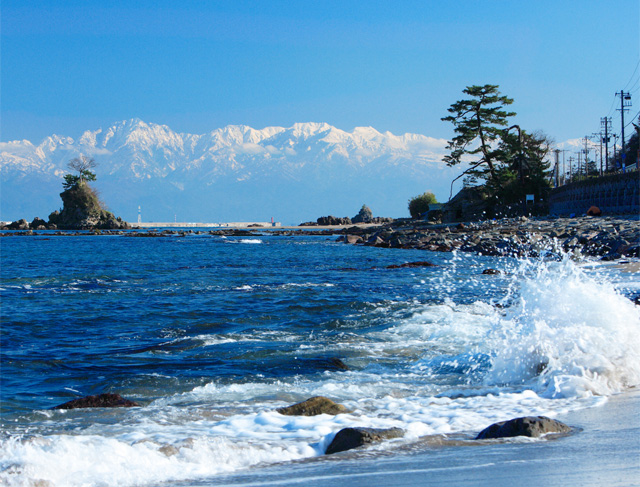
The majestic view of the Tateyama mountains range looming 3,000m above Toyama Bay changes with each season and is breathtakingly beautiful. This view was much loved by the Manyo poet Otomo No Yakamochi, who wrote many poems about it. The area stretching from the Amaharashi coast to Matsudae-no-Nagahama in Himi has been designated as “One of Japan's Best 100 White-sand and Green-pine Beaches” and “One of Japan's Best 100 Beaches”. There still exists the Yoshitsune rock, where Minamoto no Yoshitsune waited for a shower to clear up on his way to Oshu. This is also where the name Amaharashi (lit. "rain clearing") came from.
- Address
- Ota, Takaoka, Toyama
- TEL
- +81-(0)766-44-6200
(Amaharashi Tourism Association) - Hours
- ---
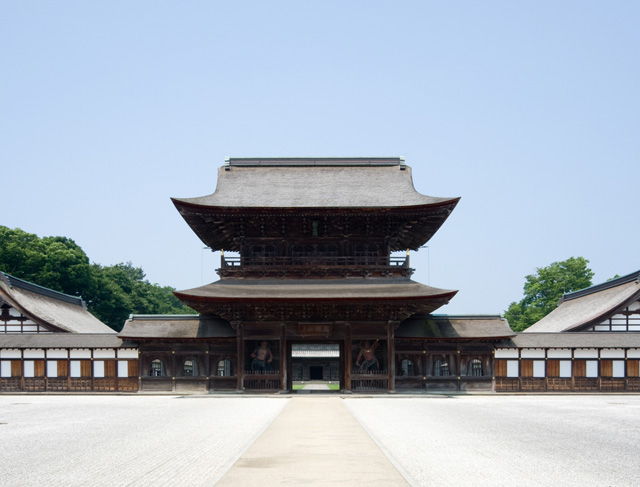
You will be overwhelmed by the elegant beauty of this magnificent temple complex. It is a collection of typical early Edo Period (1603-1868) buildings that illustrate the wealth of the Kaga clan. It is a famous Soto temple that was the family temple of the founder of Takaoka, Toshinaga Maeda Built by the 3rd lord Toshitsune Maeda, it was designated as a national treasure in 1997. The designated structures are the Somon gate, the Sanmon gate, the Buddha Hall, the Lecture Hall, the Myoo-do Hall (currently a meditation hall) and the Cloister. These are highly regarded as examples of early Edo Period Zen temple architecture. Enjoy the splendor of the National Treasure Zuiryu-ji temple.
- Address
- 435, Himi-machi, Himi-shi, Toyama
- TEL
- +81-(0)766-74-0170(Himi Fishery Association)
- Hours
- 9:00-16:30
* doors close at 16:00(Winter season :12/10-1/31)
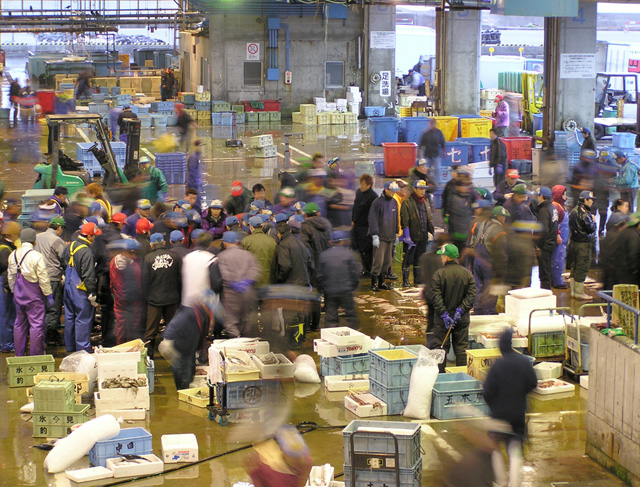
You can observe the lively fish auction in the morning. Restaurant “Kaiho” located on the 1st floor serves fresh Sashimi made with freshly caught fish and fishermen’s dish “Kabusu Jiru”. The fish in Toyama are not only fresh but also their bodies are soft but firm.
- Address
- 435, Himi-machi, Himi-shi, Takaoka
- TEL
- +81-(0)766-74-0170
(Himi Fishermen's Cooperative Association)
+81-(0)766-74-5250
((general incorporated association) Himi City Tourism Association) - Hours
- weekdays 5:30 to 15:00
( Kaihou(restaurant) Hours / Closed : Sunday , extraordinary holiday City ( irregular ) )
Estimated auction time 6: 00 to 8: 00 ※ tour Allowed than the second floor terrace

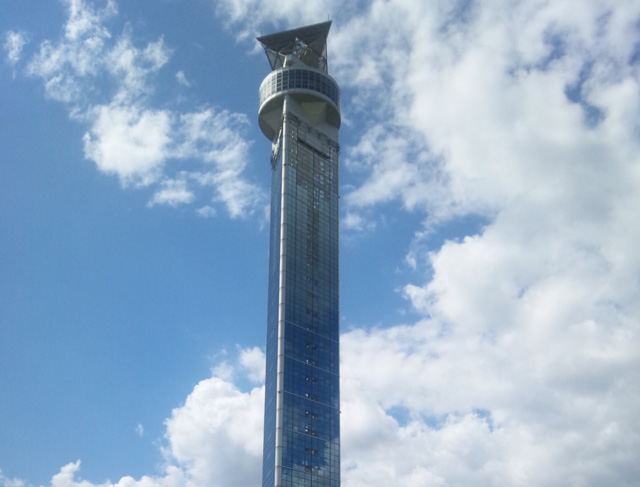
Crossland Oyabe is an integrated multipurpose facility that includes a tower, amphitheaters, open spaces and a museum where everyone from kids to adults can play. Crossland Tower was created as a landmark for coming generations, as a place where people can communicate with and take an interest in each other, and discover something new. Seen as a mecca for couples, it has been gathering attention as a date spot.
- Address
- 10 Washigashima, Oyabe, Toyama
- TEL
- +81-(0)766-68-0932 (Crossland Oyabe Foundation)
- Hours
- Crossland Tower
Weekdays: 10:00-18:00
weekends and public holidays: 10:00 – 21:00
*Please inquire for more information.
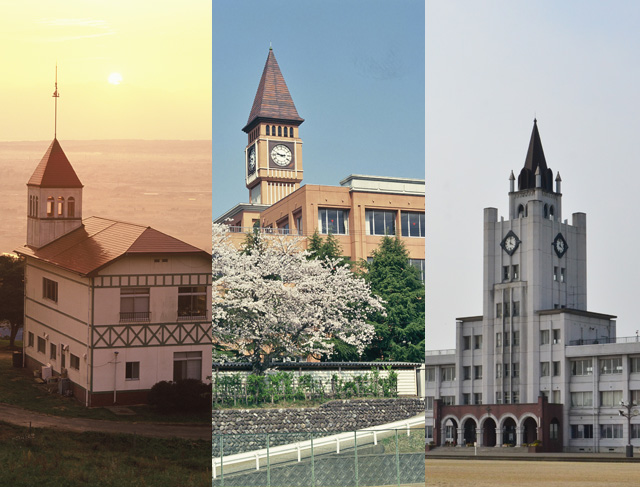
Thirty-five public facilities around the city of Oyabe—including elementary and junior high schools and community centers—are popular with municipal residents as fairy-tale structures modeled after famous buildings from around the world. “Fairy-tale town Oyabe” has also become a well-known sightseeing attraction as its fame has spread all around Japan. Constructed with the surrounding natural environment in mind to ensure they become the symbols and pride of the community, these fairy-tale structures present an air of elegance.
- Address
- All around Oyabe, Toyama
- TEL
- +81-(0)766-30-2266 (Oyabe City Tourism Association)
- Hours
- ----
Copyright Mitsui Fudosan Retail Management Co., Ltd. All Rights Reserved.








